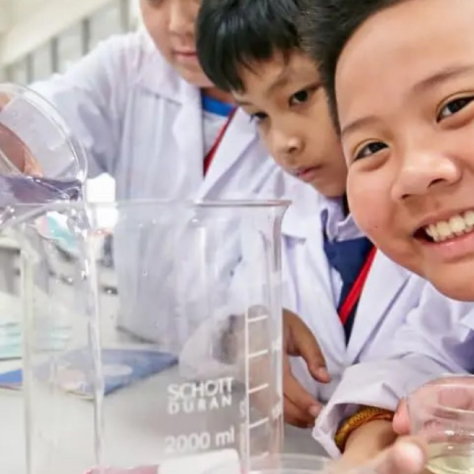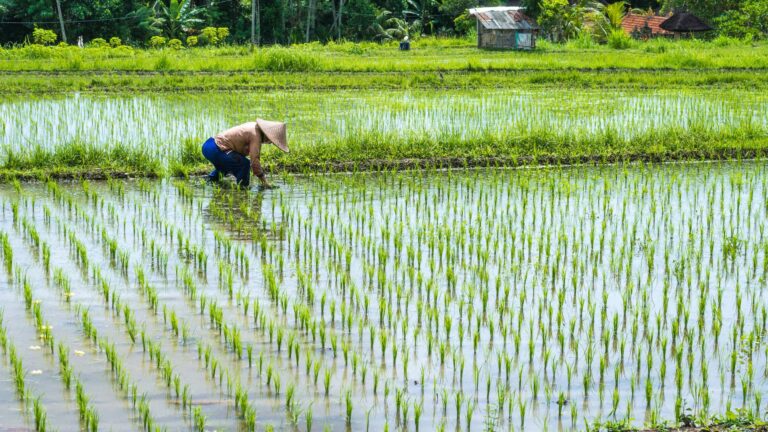Simple DIY Science Experiment Builds Kids’ Interest in STEM Learning
Parents, do you ever grow weary of seeing your kids spend hour after hour glued to their tablets? Convincing kids to disconnect is difficult. Rather than pleading with them to do something (anything!) else, why not do a fun, exciting (and educational!) activity with them instead?
If this sounds good, we’ve got a really cool science activity for you and your kids to try.
Remember those lava lamps that were all the rage in the 1970s? Well, you can actually create your own homemade lava lamp easily with a few everyday items. Let us show you how.
Ingredients
Clear bottle or drinking glass
Water
Food coloring
Vegetable oil
Alka Seltzer tablet
Step 1
Put one drop of food coloring into a bottle.
 |
Tip: It’s even cooler if you have three bottles with three different colors!
Step 2
Fill ¼ of the bottle with water.
Step 3
Add about twice as much vegetable oil as water to the bottle.
Step 4
Drop one Alka Seltzer tablet into the bottle and look on as colorful bubbles ooze up and down through the oil.
Tip: For added effect, turn off the lights in the room and place the bottle on top of your mobile phone with the flashlight turned on. This makes the coloring really pop!
 |
The Science behind the Homemade Lava Lamp
After completing the experiment, chat with your kids about the science at the center of that groovy, little lamp they created. There are several important chemistry and physics concepts at play here that you may want to discuss.
For example, ask your kids what happened when they poured the oil into the water? Did they notice that the two liquids did not mix? They separated because the density of water is greater than that of vegetable oil, and so the water sits at the bottom.
Next, when the tablet is plopped into the bottle, it dives to the bottom and dissolves. This process creates carbon dioxide, which (like the oil) is lighter than water, causing it to form bubbles, with some of the colored water mixed in, that rise to the top and burst on the surface. After the mini explosion, the colored water sinks back down to the bottom, resulting in that oozing, lava-like effect in the bottle.
Pretty cool, right? Now you have an exciting, hands-on science activity to do with your kids. This is a great way to get your kids to turn off their screens and start learning science.







